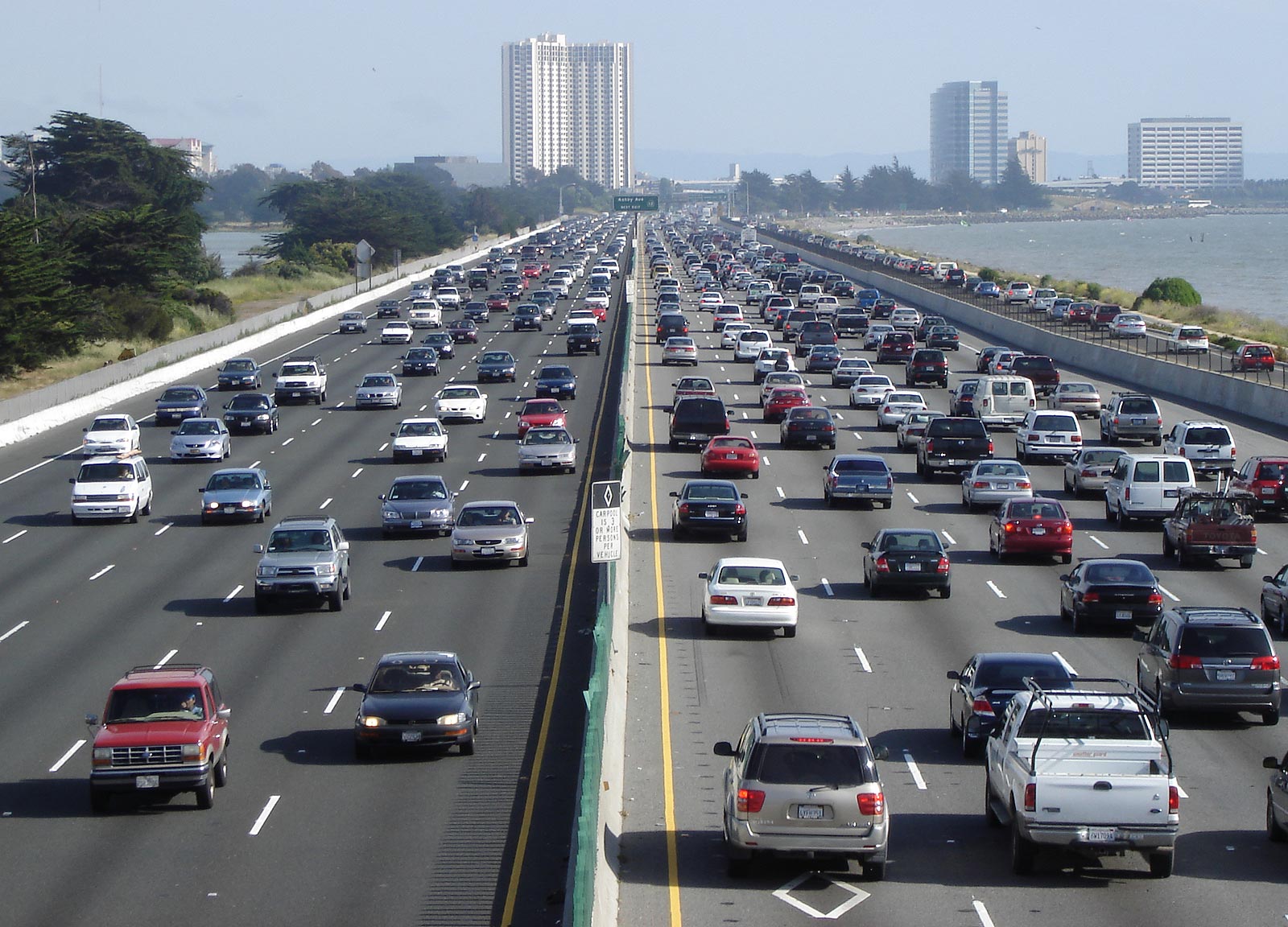 A recent survey conducted by the U.S. Energy Information Administration (EIA) unequivocally shows that the more vehicles a family owns, the more it tends to use them. The EIA has released a report that compiles data from the Department of Transportation’s National Household Survey (NHTS), suggesting that households with more than one vehicle travel more than those that own just one. While this finding is not at all unexpected, the fact that households with more vehicles use one of them drastically more than the others, is a bit of a surprise.
A recent survey conducted by the U.S. Energy Information Administration (EIA) unequivocally shows that the more vehicles a family owns, the more it tends to use them. The EIA has released a report that compiles data from the Department of Transportation’s National Household Survey (NHTS), suggesting that households with more than one vehicle travel more than those that own just one. While this finding is not at all unexpected, the fact that households with more vehicles use one of them drastically more than the others, is a bit of a surprise.
According to the report, which analyzes data collected by the NHTS in 2009, households with one vehicle travel an average of 10,600 miles per year, which is substantially less than the average of 23,700 miles for households with a second vehicle. What’s surprising is that families with two vehicles travel 16,000 miles annually in only one vehicle, which suggests that the second vehicle is used relatively rarely.
With each added vehicle, the number of miles traveled by a family increases. Households with three vehicles cover 33,900 miles annually, those with four vehicles travel 43,600 miles a year, followed by households with five vehicles (49,300), and those with six vehicles (57,700).
Just like households with two vehicles, those with more than two also use one vehicle far more than the others. A six-vehicle household travels over 22,000 miles a year in its primary car, or the most-used one. According to the report, families with six or more vehicles only present 1% of households, with those with one or two vehicles making up the majority of households, with 32% and 36%, respectively. Just nine percent of U.S. households do not own a vehicle.
The report also shows that households with two vehicles recorded the highest average use per vehicle, with 11,800 miles annually, whereas the average car in six-vehicle households covers 9,600 miles per year.
In addition to the correlation between the number of cars and miles driven, the authors of this report underline the fact that a household’s gasoline expenses depend largely on a car’s fuel economy and gas prices, which is a well-known fact, but they also point out that fluctuations in vehicle miles traveled and a vehicle’s fuel economy are the biggest factors contributing to long-term changes in a family’s gasoline expenses.
The findings from this survey are based on data from 2009, which is the latest data year for the survey. According to this survey, there were 113 million households in the United States in 2009, and 121 consumer units.
Given that Americans in general, and especially the younger ones, have been showing much less interest in driving and owning a car in recent years, it would be interesting to see what the next survey with more recent data will show, with the average number of vehicle miles covered by a household expected to be significantly lower.